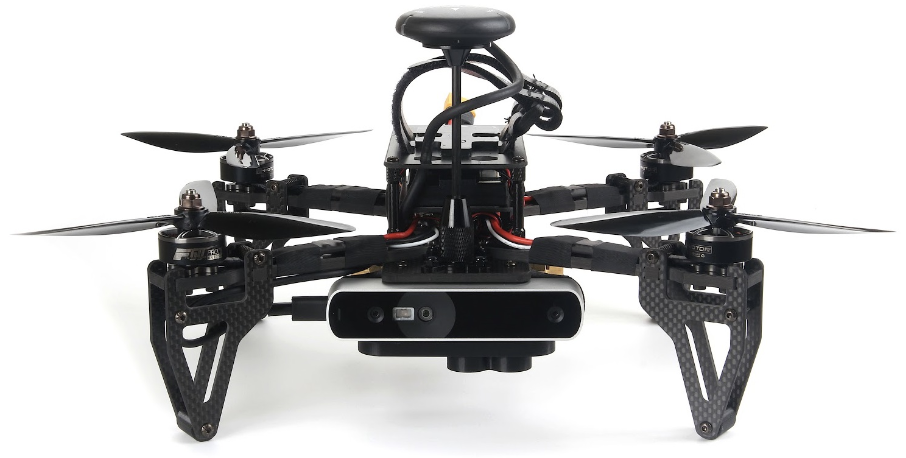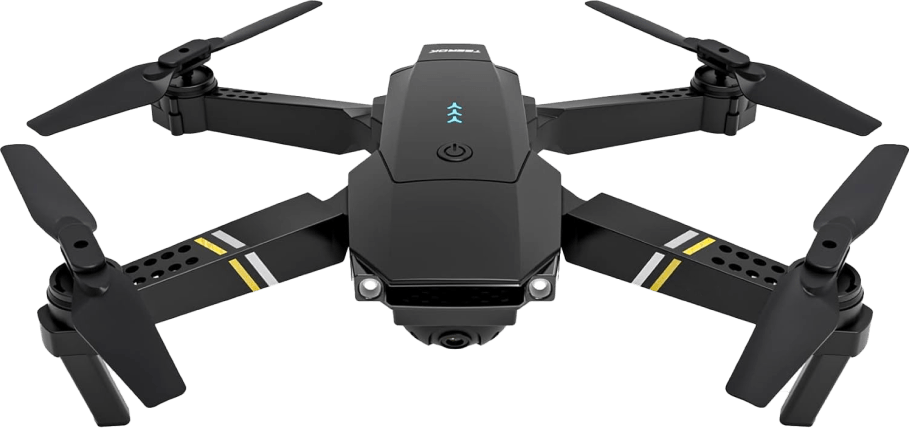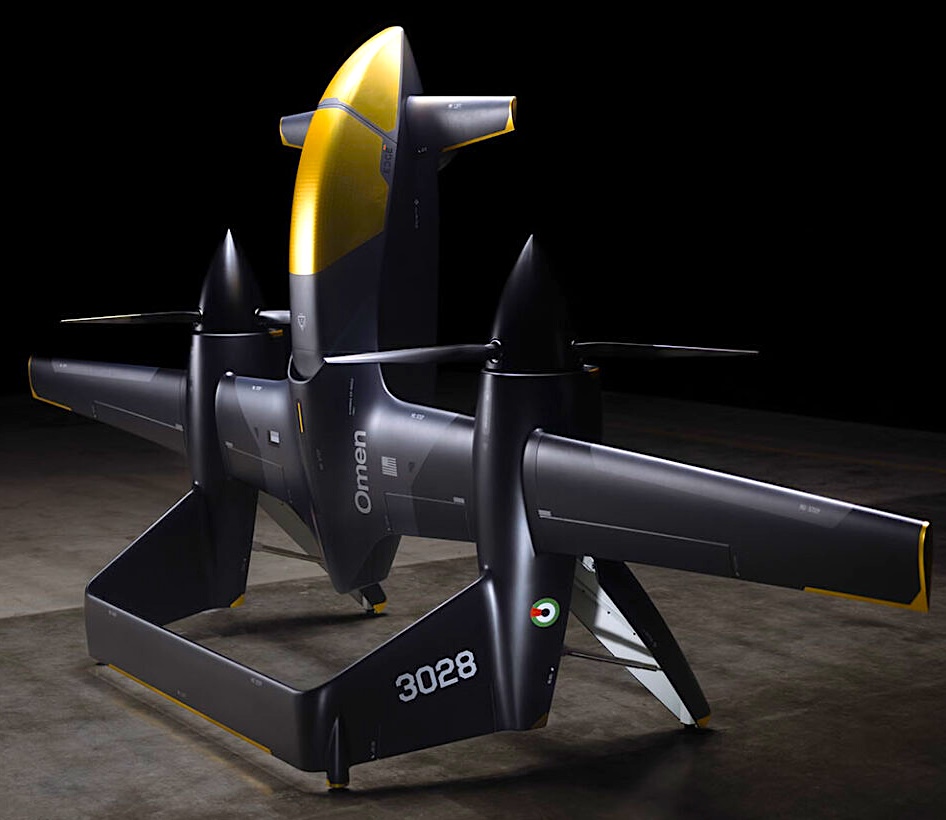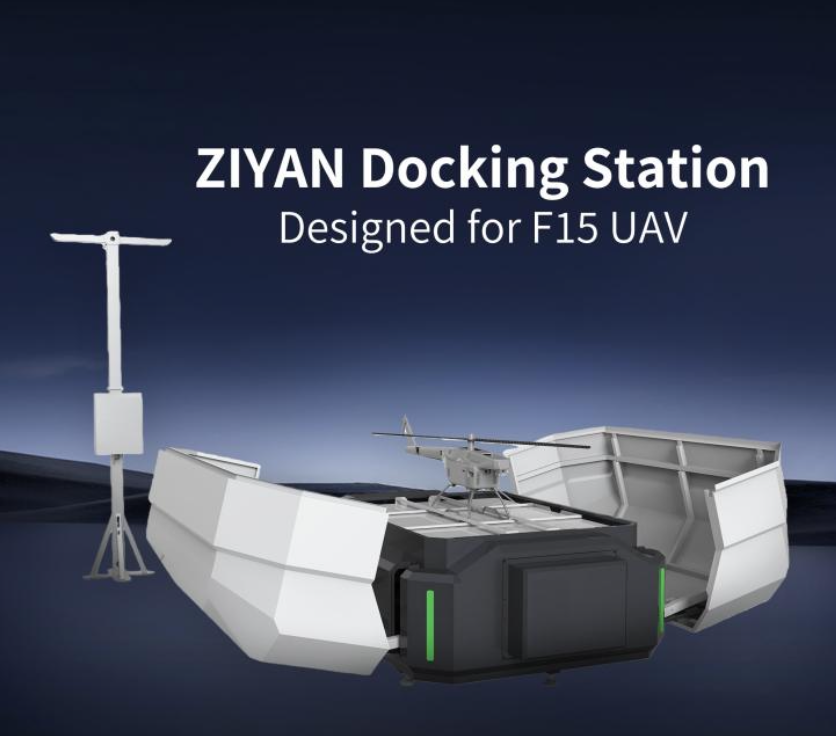Featured NewsProduct NewsAkshataPX4 vs. ArduPilot: Choosing the Right Open-Source Flight Stack

29 September 2023

By Akshata
PX4 and ArduPilot are two of the most prominent open-source flight stacks, each offering a unique set of features and capabilities. Choosing between them can be a difficult task for drone enthusiasts, developers, and commercial operators. In this article, we will explore PX4 and ArduPilot, highlighting their key differences and helping you make an informed decision when selecting the right open-source flight stack for your needs.
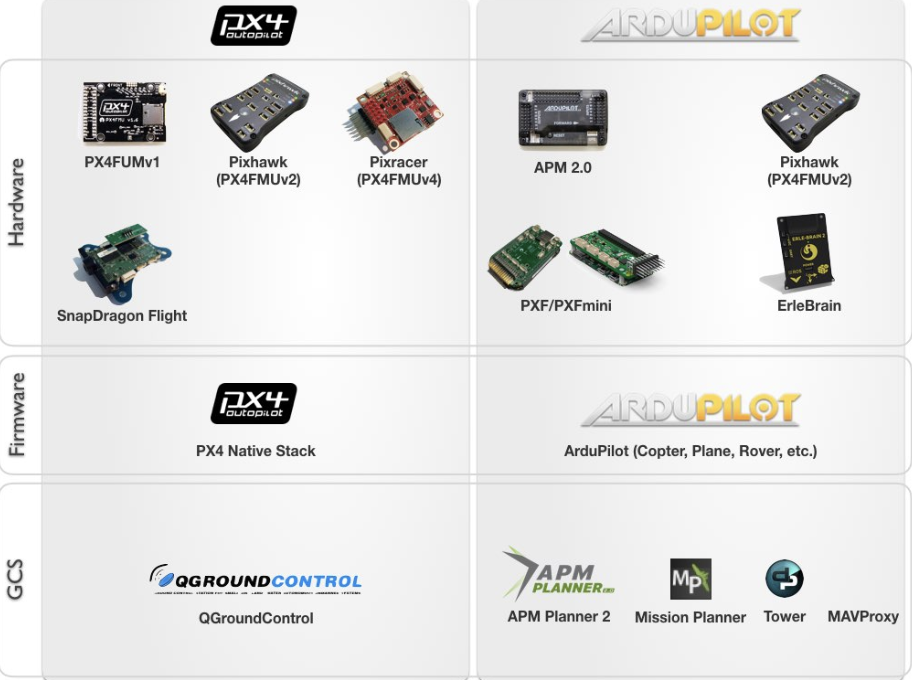
Open Source Flight Controller Examples [Source: lambdrive].
Understanding Open-Source Flight Stacks
Before we dive into the specifics of PX4 and ArduPilot, let's first understand what open-source flight stacks are and why they matter.
Open-source flight stacks are software platforms that serve as the brains of unmanned aerial vehicles (UAVs) or drones. They provide the necessary algorithms, control logic, and interfaces to manage the drone's hardware components, such as sensors, motors, and GPS modules. These flight stacks are open source, meaning their source code is freely available, and the community can contribute to their development.
The advantages of open-source flight stacks are numerous:
- Customization: Users can tailor the software to their specific needs, making it versatile for various applications.
- Community Collaboration: A global community of developers continually improves and updates the software.
- Cost-Effective: Open source means no licensing fees, which can be especially appealing to startups and hobbyists.
- Transparency: Users can inspect the code, ensuring it meets security and reliability standards.
With these benefits in mind, let's now explore PX4 and ArduPilot in more detail.
PX4: Precision and Modularity
PX4 is an open-source flight stack primarily supported by the Dronecode Foundation. It's known for its emphasis on precision, reliability, and modularity. Here are some key features of PX4:
- Modular Architecture: PX4's modular architecture allows users to customize and extend its functionality. Developers can create and integrate their modules, sensors, and control algorithms, making it highly adaptable for various drone platforms and applications.
- Advanced Autopilot Capabilities: PX4 boasts advanced autopilot capabilities, including support for many flight modes, obstacle avoidance, and GPS-denied navigation. These features make it suitable for professional drone operations, such as surveying, mapping, and search and rescue missions.
- Industry Adoption: PX4 has gained popularity in the commercial drone industry and is used by many leading drone manufacturers. Its reputation for stability and precision has made it a preferred choice for companies seeking reliable drone solutions.
PX4 Vision Dev Kit V1.5 [Source: Holybro].
ArduPilot: Versatility and Community Support
ArduPilot, on the other hand, is another open-source flight stack with a strong emphasis on versatility and community support. It has been in development since 2007 and has garnered a large and active user community. Here are some key features of ArduPilot:
- Wide Range of Supported Platforms: ArduPilot is compatible with a broad spectrum of drone hardware, including fixed-wing aircraft, multirotors, and ground vehicles. This versatility makes it a popular choice among hobbyists and researchers.
- Extensive Documentation: ArduPilot benefits from extensive documentation and a supportive online community. Users can find tutorials, forums, and user-contributed resources to aid in their drone projects.
- User-Friendly Configuration: ArduPilot features a user-friendly ground control station (GCS) called Mission Planner. This interface simplifies the process of configuring the flight stack and planning missions.
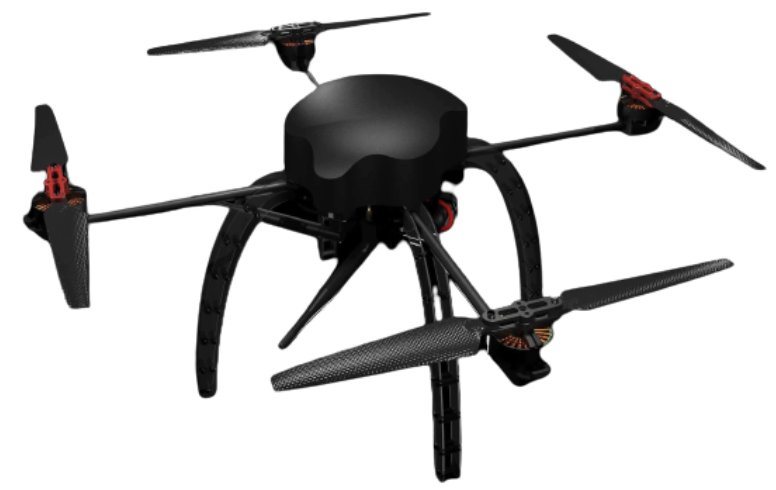
AeroDrone MR4 [Source : baskaerospace].
Choosing the Right Flight Stack
Selecting the right open-source flight stack depends on your specific needs, goals, and the type of drone projects you intend to undertake. Here are some considerations to help you make an informed decision:
- Application: Consider the type of applications you plan to pursue. If you need precise control and advanced autonomous capabilities, PX4 may be the better choice. For versatility and ease of use across various platforms, ArduPilot is a strong contender.
- Hardware Compatibility: Check if the flight stack supports the hardware components you intend to use, such as sensors, GPS modules, and flight controllers.
- Community and Documentation: Evaluate the level of community support and available documentation. A strong community can provide valuable assistance and resources when troubleshooting issues or embarking on ambitious projects.
- Customization: If you have specific requirements that necessitate custom software modules or sensor integrations, PX4's modular architecture might be more appealing.
- Budget: For those on a tight budget, both PX4 and ArduPilot offer cost-effective solutions due to their open-source nature. However, factor in any potential hardware costs as well.
In conclusion, the choice between PX4 and ArduPilot ultimately depends on your unique circumstances and objectives. Both flight stacks have their strengths and are backed by dedicated communities. Regardless of your choice, open-source flight stacks empower you to explore the limitless possibilities of drone technology while contributing to the collaborative spirit of the drone community.
